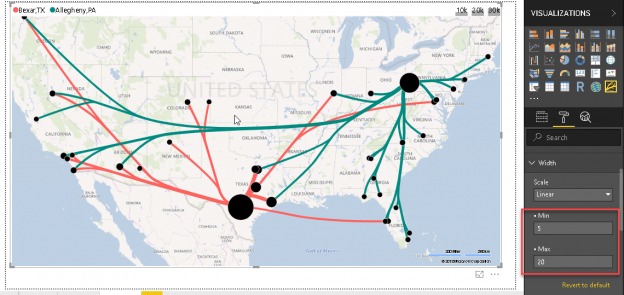In the first part of reviewing the basics of bulk insert, we looked at importing entire files, specifying delimiters for rows and columns, and bypassing error messages. Sometimes we’ll want to skip first and ending lines, log errors and bad records for review after inserting data, and work with data types directly without first importing using a varchar and converting to the data type later. In this part, we look at these techniques using T-SQL’s native bulk insert.





























